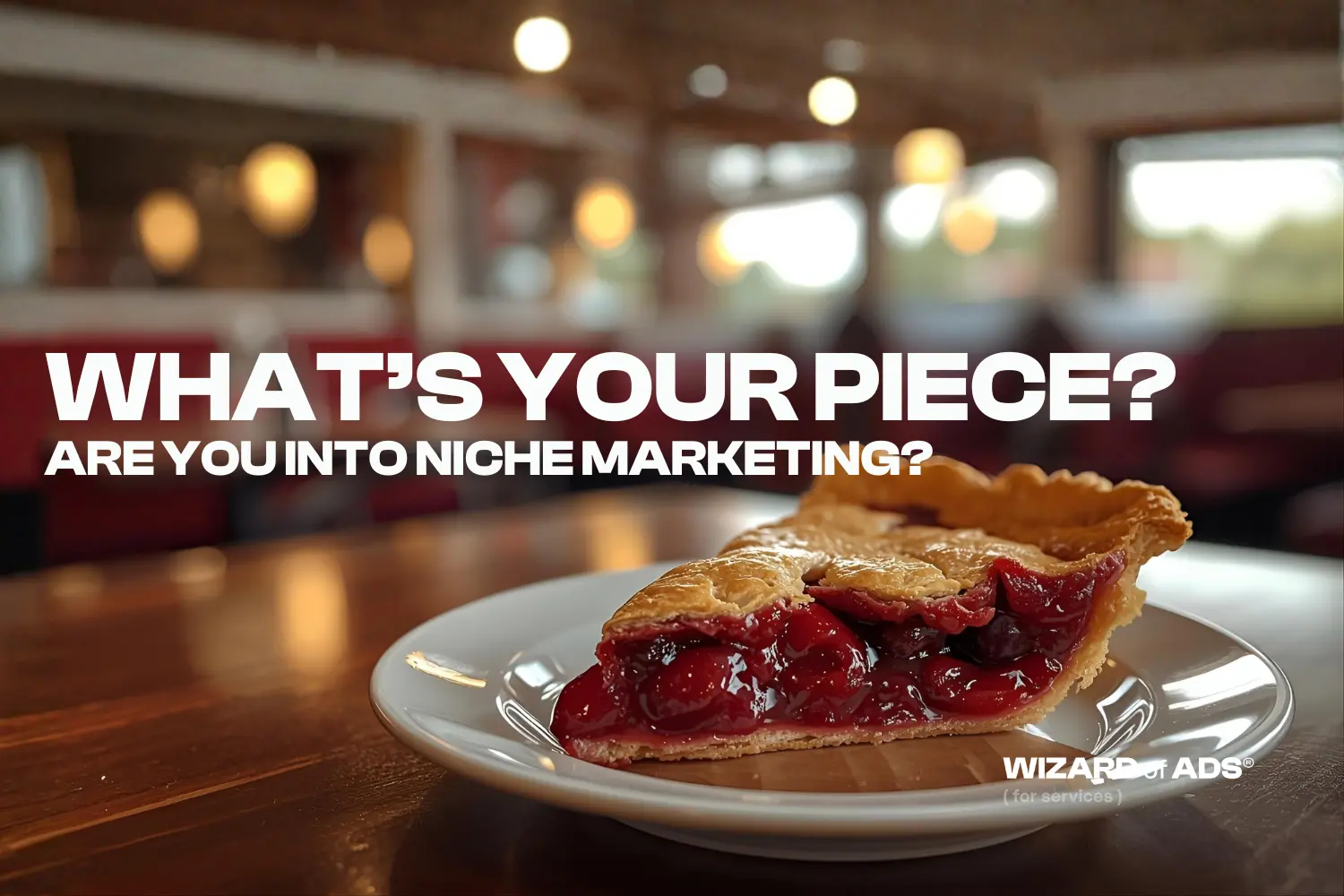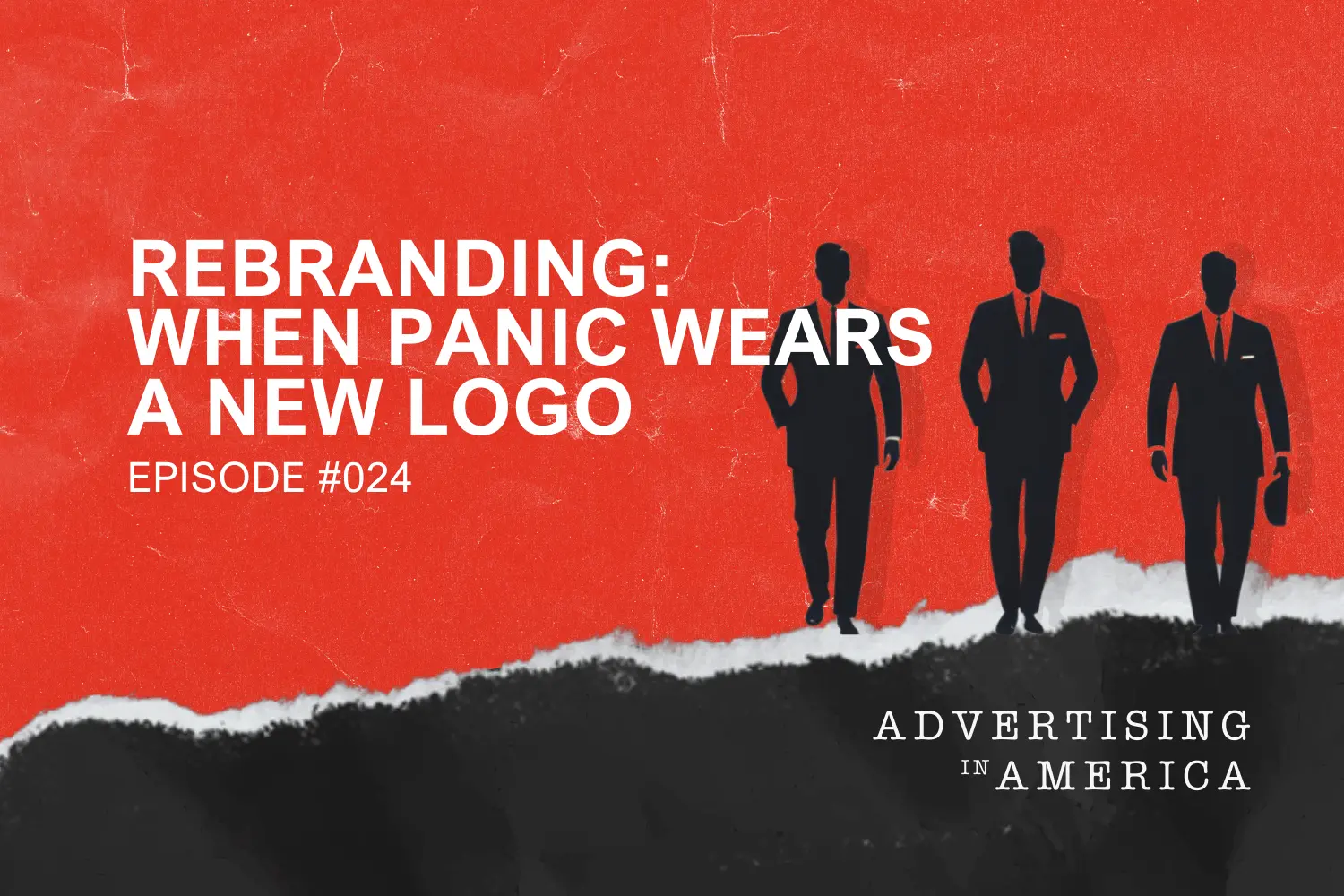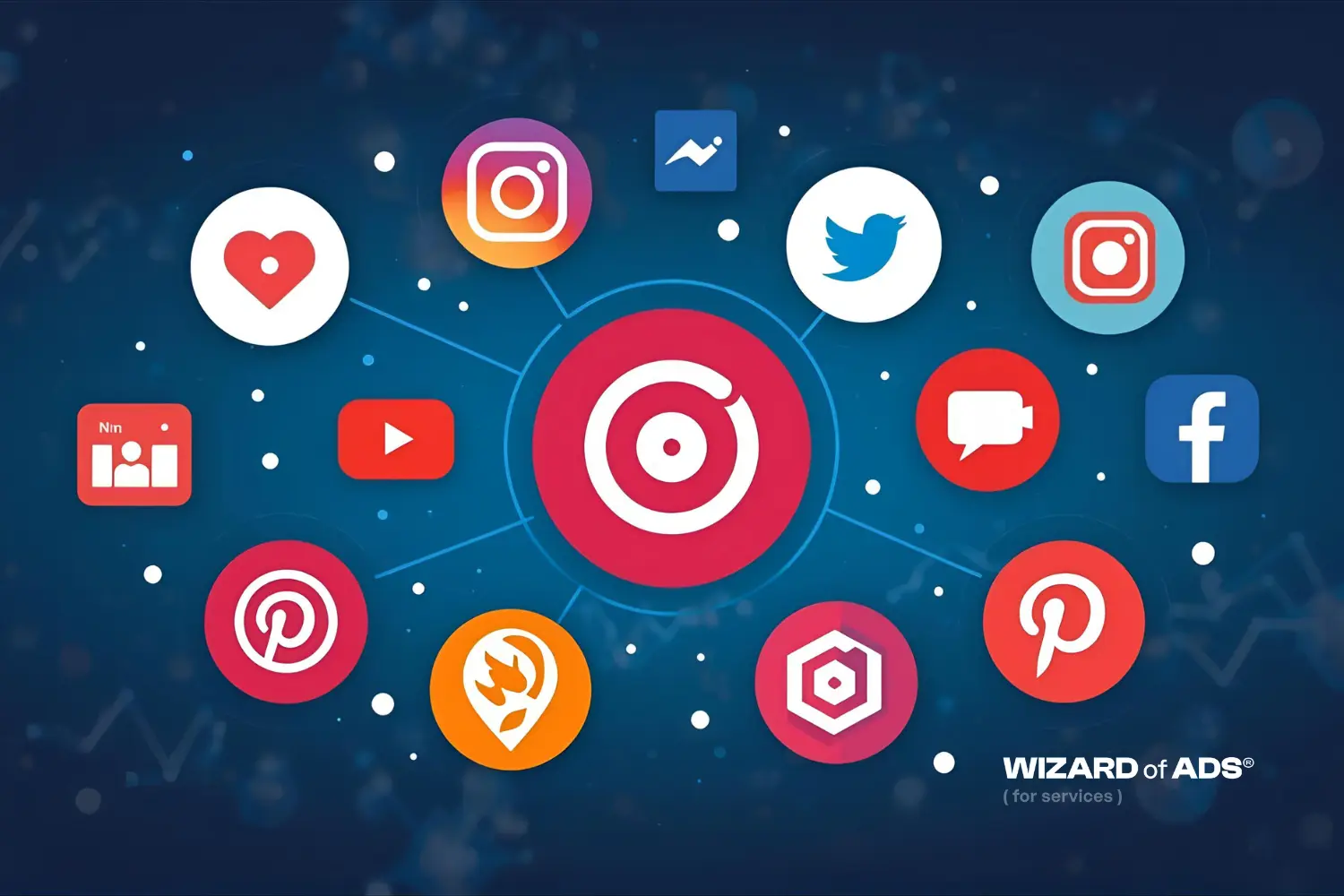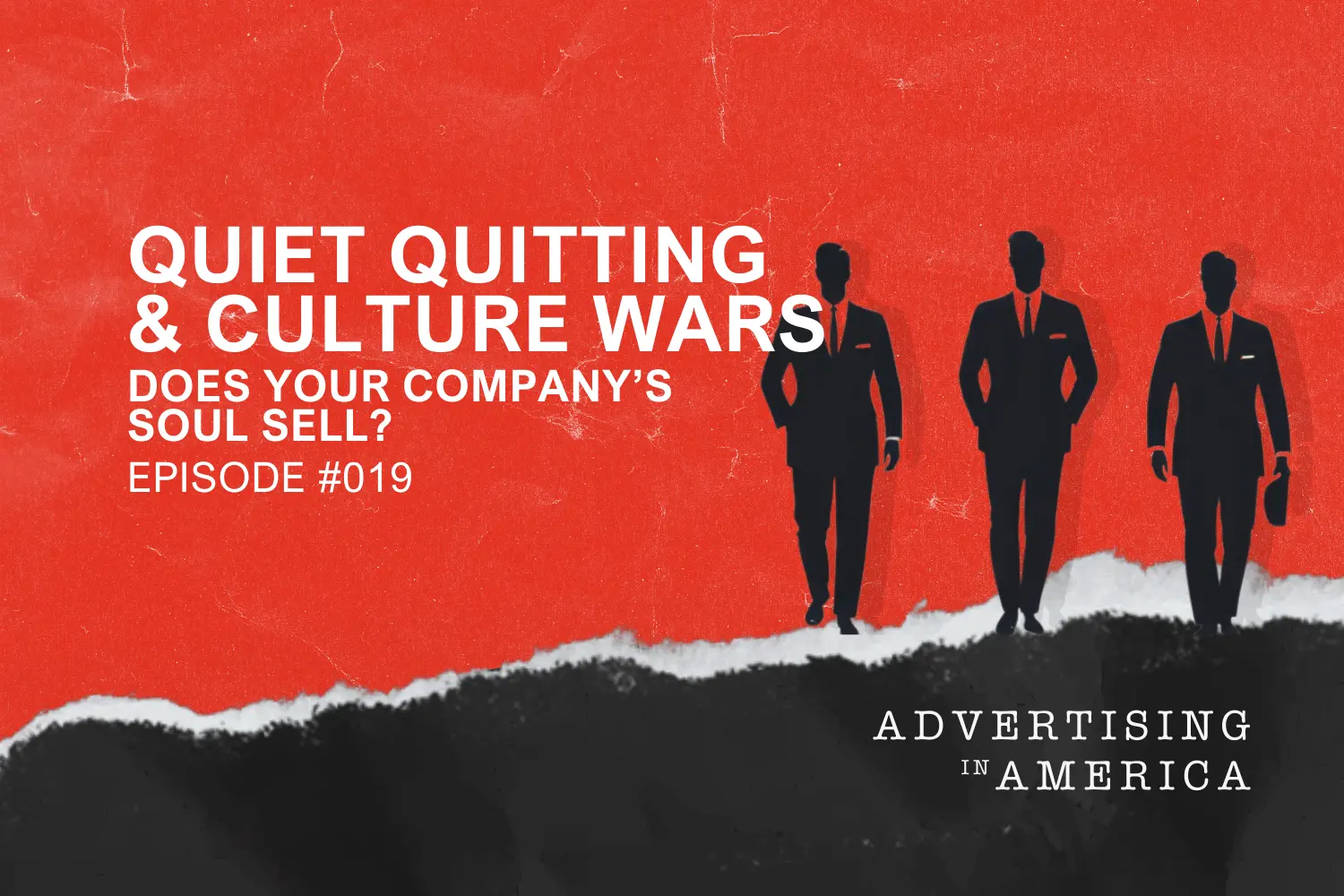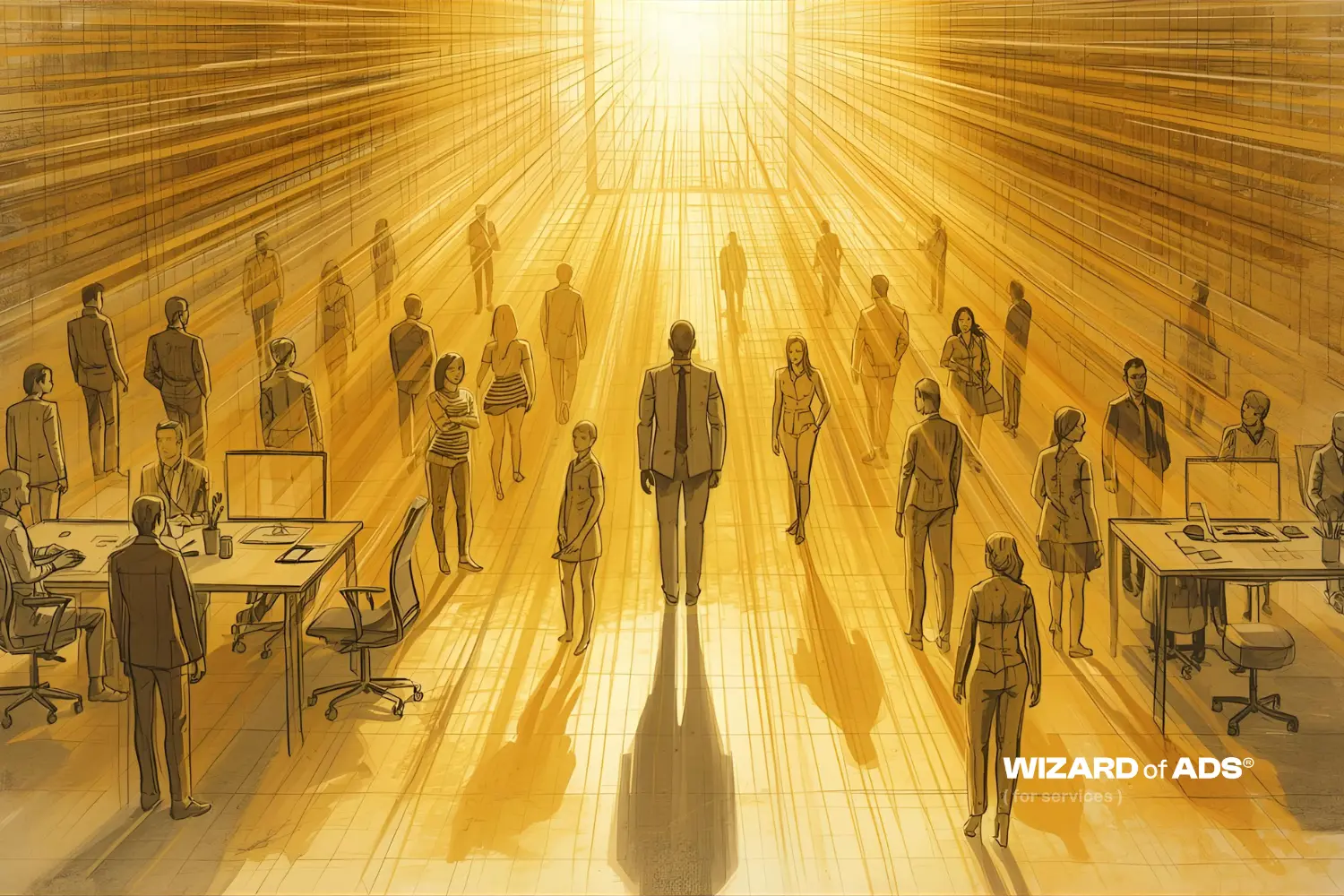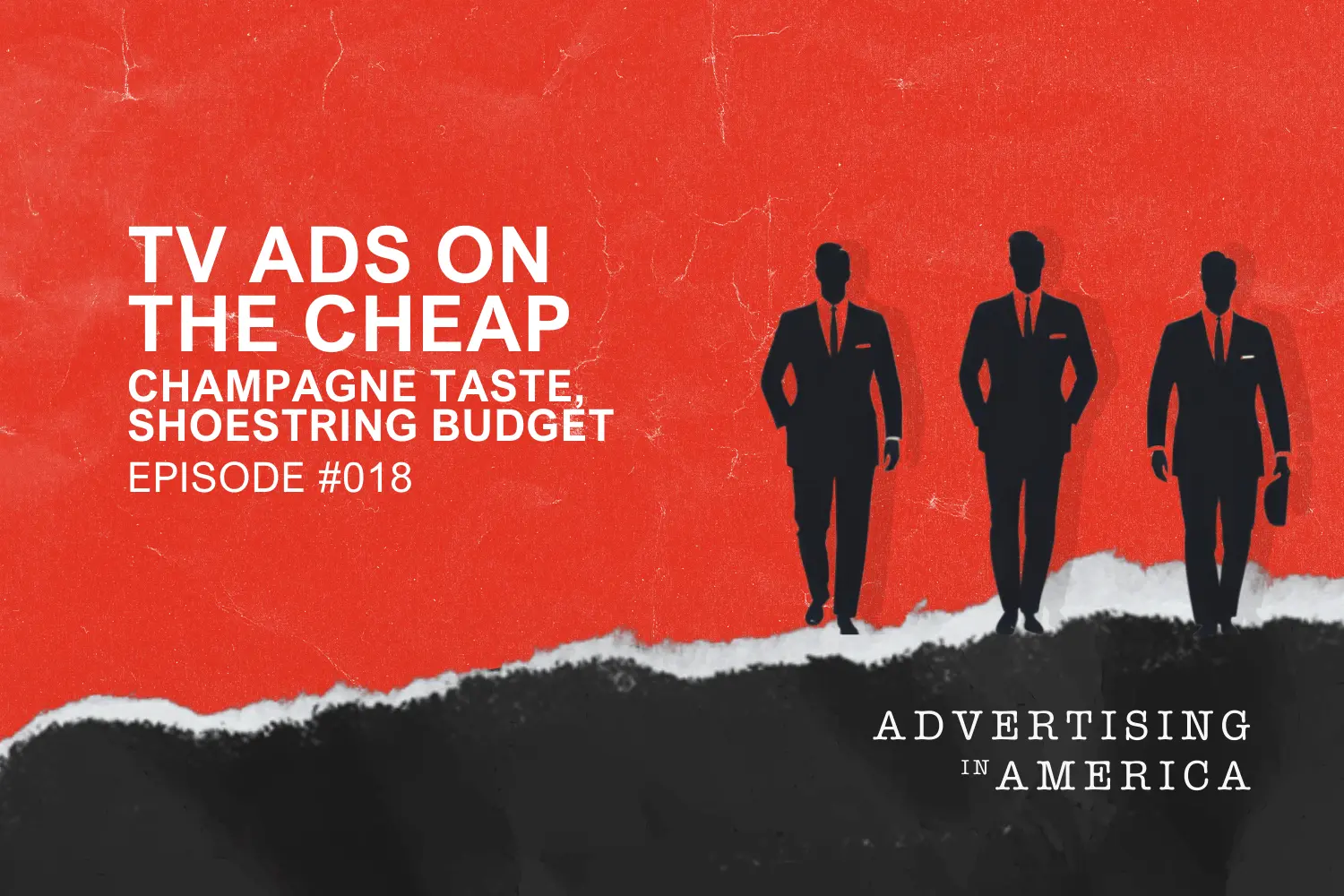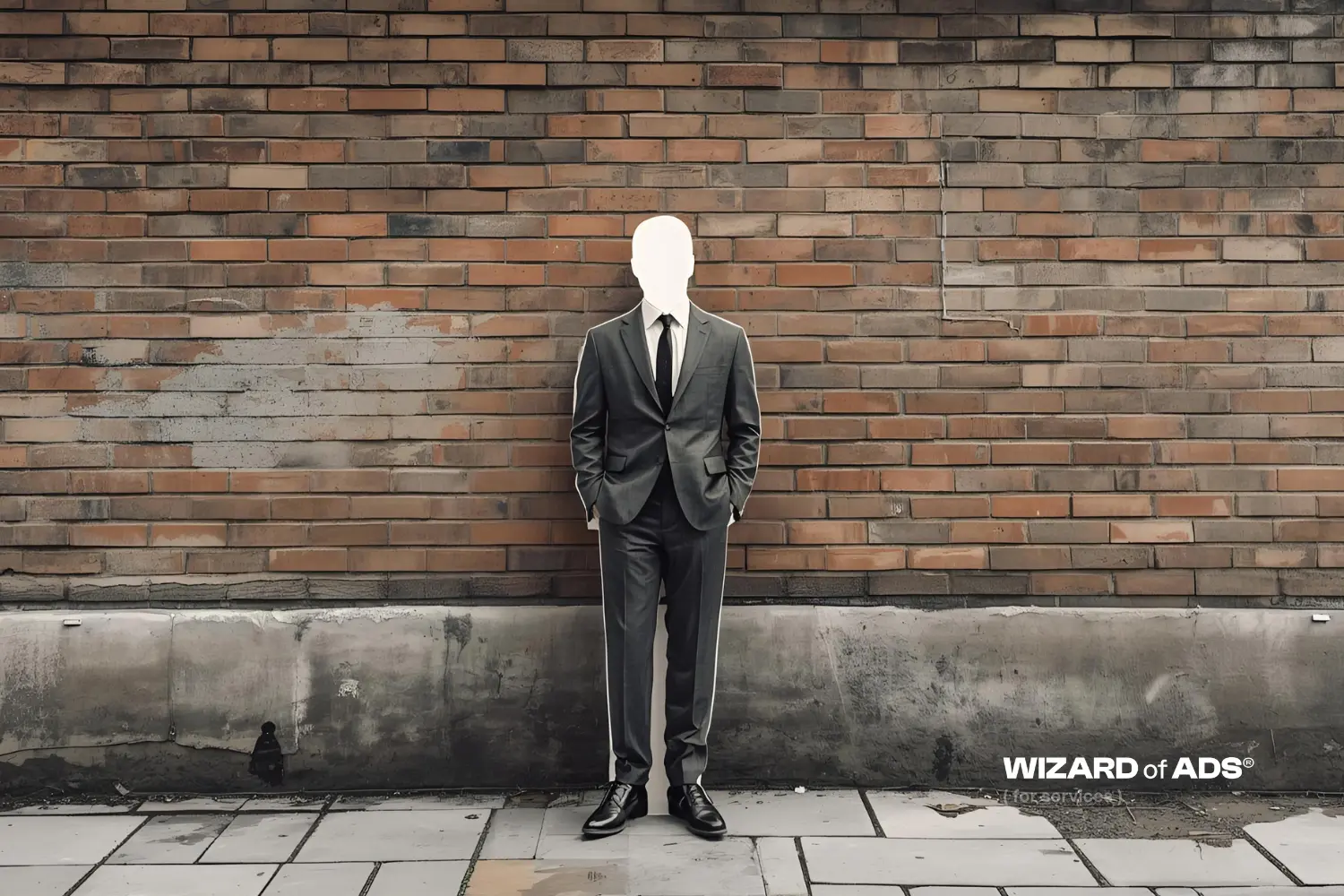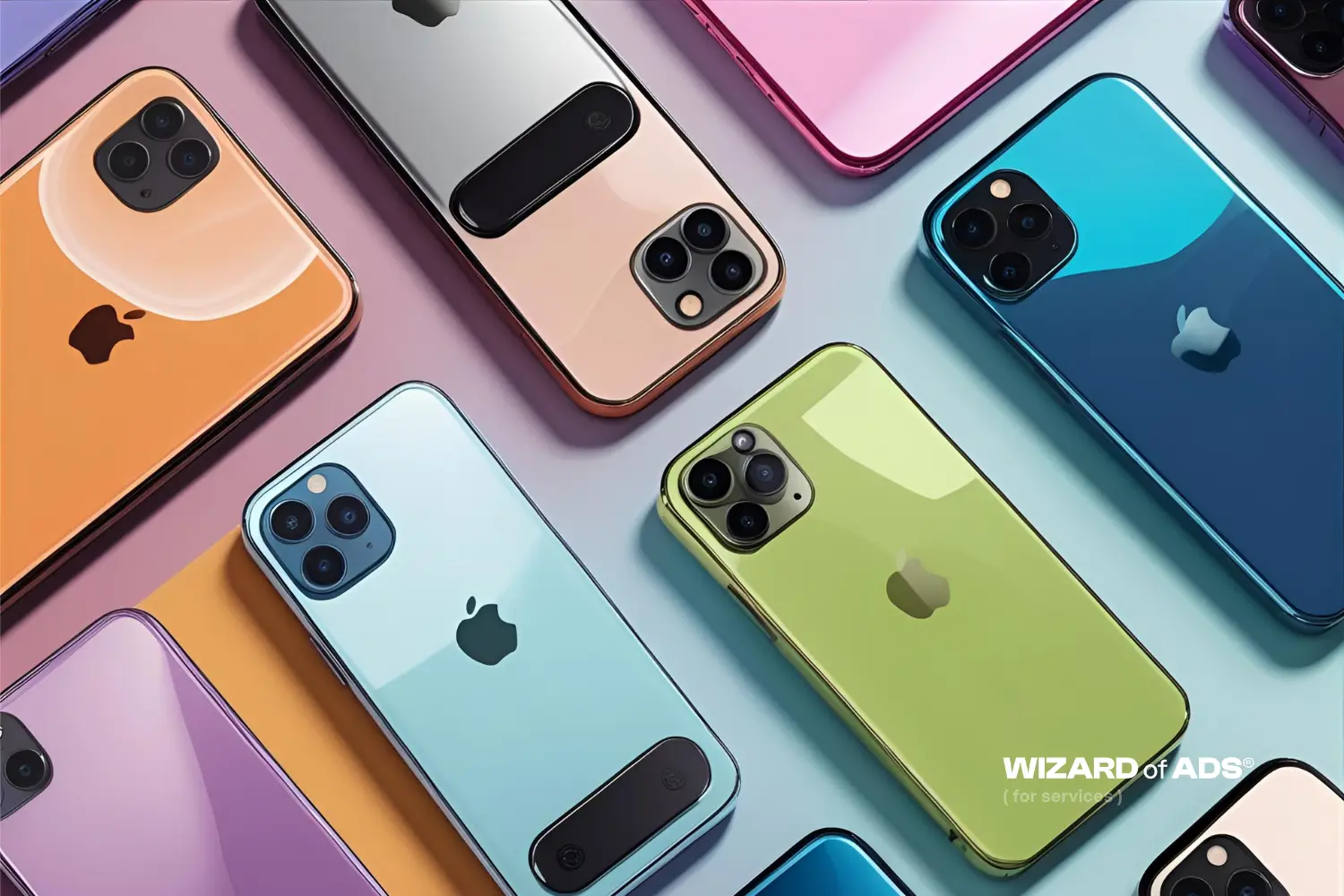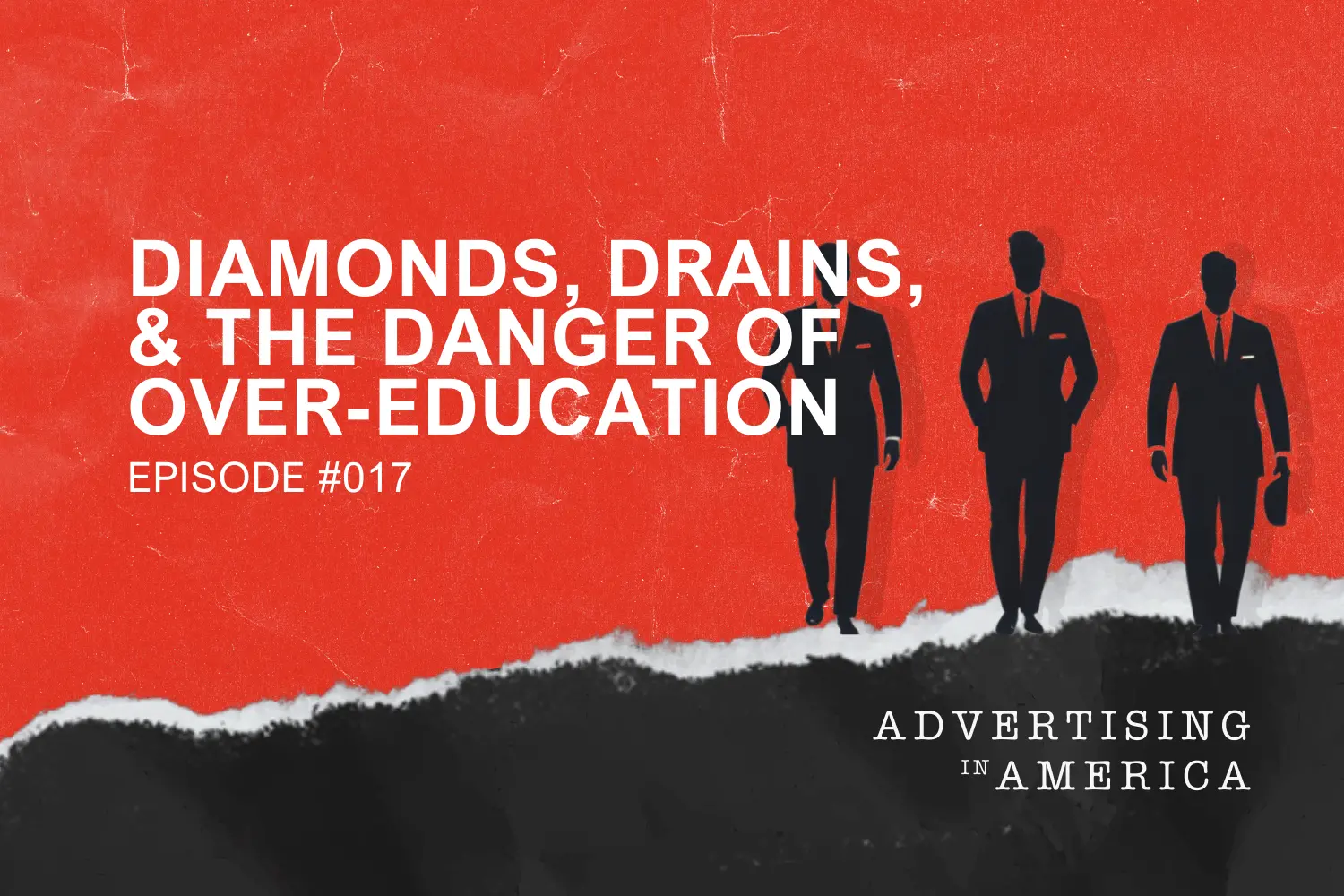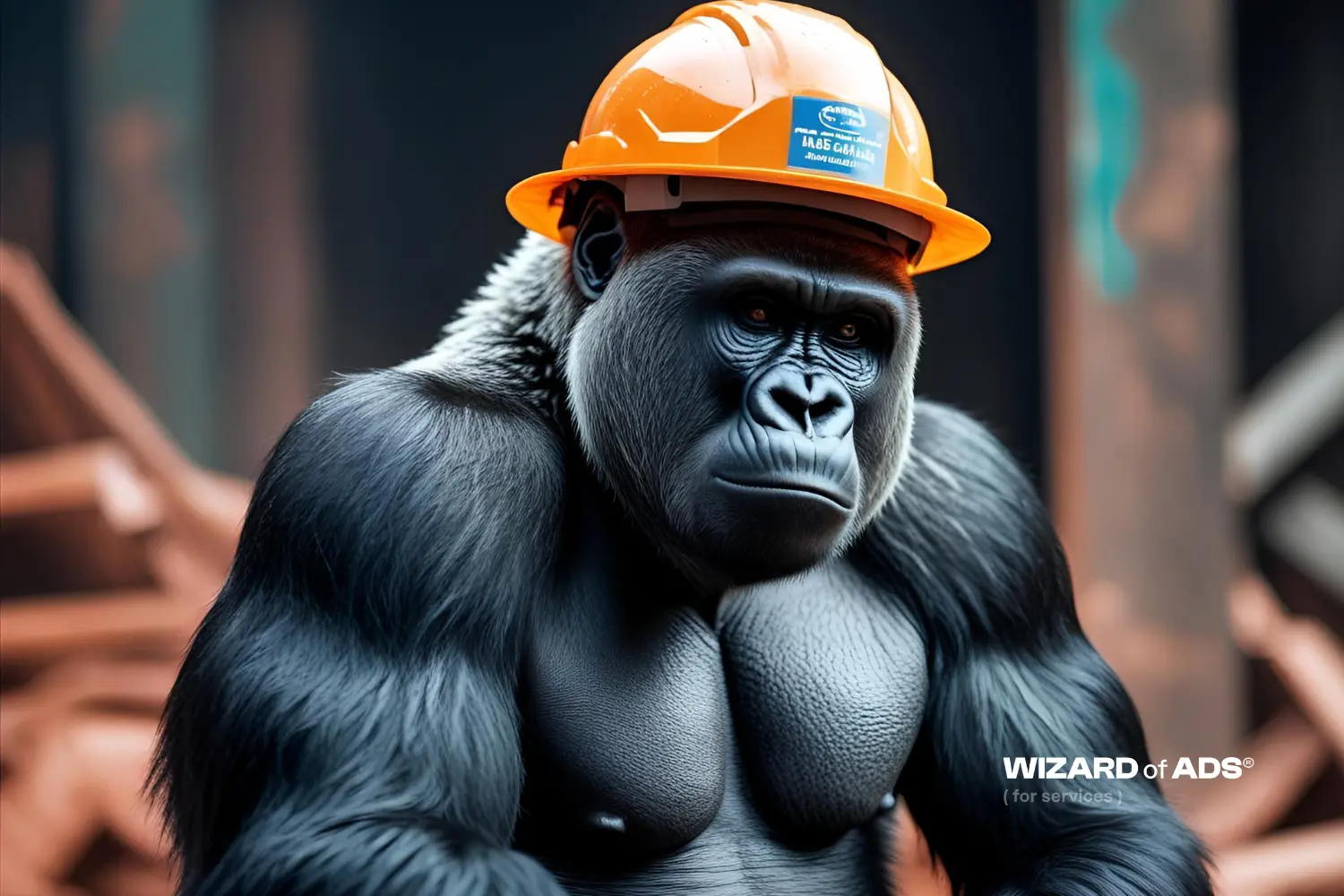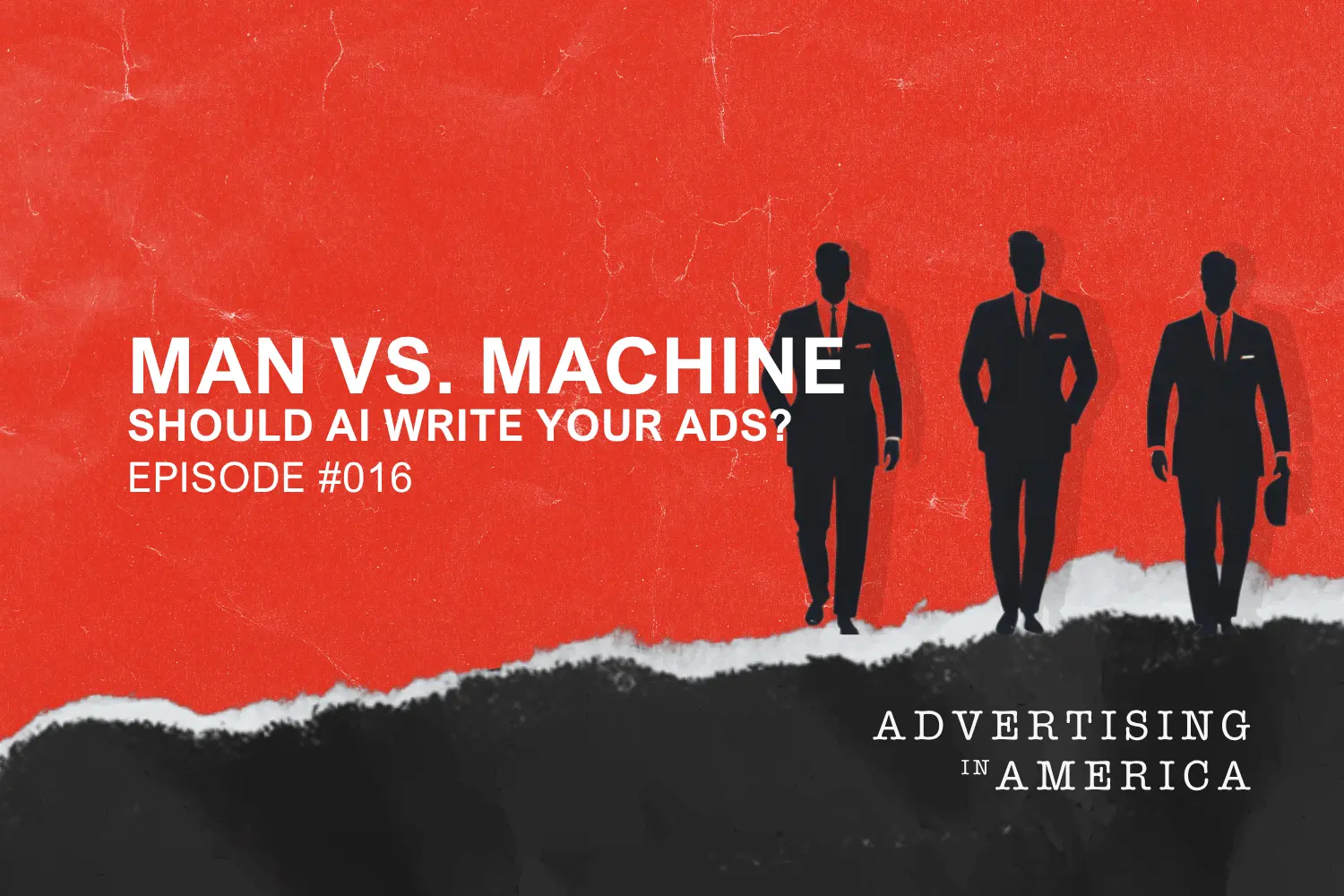

Advertising awards are often derided for rewarding creativity over effectiveness; for promoting ads that impress other creatives instead of ads that actually grow clients’ businesses.
To combat this, the Effies were created to recognize the most effective advertising campaigns for any given year. Effie contestants don’t just submit ads, they submit the numbers too — marketing spend, sales numbers, profit margins, etc. And for their 50th Anniversary, the Effie organization asked noted marketing expert, Mark Ritson, to analyze their data for useful “lessons learned.” Mark Ritson is a brand consultant and former marketing professor. He has a PhD in Marketing and taught on the MBA programs of London Business School and MIT. He is also one of the least full of shit marketing experts on the planet, and he boiled this research down into a ranked Top 10 list of factors determining advertising effectiveness. If you have a spare 90 minutes and want to watch his presentation of this list, you can do so here:
But if you just want to see the list, here it is:
10. Enough Research9. A Handful of Objectives8. Realistic Differentiation7. Multi-Channel Marketing6. Long & Short5. Mass & Targeted4. Sufficient ESOV3. Codes, Applied, Ridiculously2. Creativity1. Brand Size
Keep in mind, though, that this list is semi-logarithmic in scale. As in the number one factor — Brand Size — is 18 times more important than the 10th factor of research. So it helps to focus most intently on the last 5 elements, which I’ll explain in greater detail below. Also, the factors interact with each other, such that they are 10 great tastes that taste great together. With that said, here’s a brief explanation of the first five factors, followed by a more in-depth look at the most important factors.
10. Enough Research
There was a positive correlation between doing a medium amount of research, but also a point of diminishing returns.
- Do get yourself an adequate diagnosis of the problem to be solved.
- Do understand the consumer mindset and the competitive landscape
- But once you have that, move on.
9. A Handful of Objectives
It helps to have a strategic objective, rather than nothing but a grab-bag of tactics. And in general, the best correlation with success was to have 2-4 objectives rather than either only one or 5-6 or, God forbid, even more. Just make sure your objectives are based on sound strategy.
8. Realistic Differentiation
The days of having a true unique differentiator — a la, a Unique Selling Proposition — are over. You can lay a greater claim to some associations than other competitors, but you likely won’t be able to claim sole ownership of them. That doesn’t mean it’s not worth trying to claim them, and having differentiation does help (just note that it’s 8th on the list)
7. Multi-Channel Marketing
The answer to digital or mass media is “both.” And if you have the budget for multiple forms of mass media, that’s good too. So, for example, combining radio with billboards makes a lot of sense.
6. Long & Short
Long-term brand building is crucial. But most brands can’t get away with just doing brand building, they also have to engage in short-term sales activation. Campaigns that did both outperformed campaigns that only did one or the other.
5. Mass & Targeted
Targeting and segmentation have been vastly overstated in their importance as compared to effective mass media campaigns attempting to persuade all potential buyers. Really, is there anyone you don’t want to know about and think good things about your company? That said, like with digital vs. mass media and long-term branding vs. short-term sales activation, the answer for mass vs. targeted is “both.” You’ll want to run branding campaigns for the masses, and also more targeted campaigns for your most lucrative segments. At least that’s what the most successful Effie Contestants did.
4. Sufficient ESOV
ESOV stands for Excess Share Of Voice. In excess of what? Of market share. You want to buy a greater share of voice than your market share. So if you currently have 5% share of the market, you want more than 5% share of voice. In other words, don’t set your advertising budget based on how big you are, set it for how big you wish to grow to over the next year. The importance of ESOV is huge and it’s the reason why it's so important to work with a great media buyer when launching your mass media campaigns. But you’ll notice that as important as ESOV is, creativity is even more important. That’s because share of mind is more important than share of voice, and share of mind depends on creativity.
3. Codes, Applied, Ridiculously
I wrote an article on advertising strategy that spoke of Limiting Factors and Unleveraged Assets. Limiting Factors dealt with research/diagnosis (see #10) and Objectives (see #9). But “Unleveraged Assets” usually turn out to be soft assets rather than hard assets. For example, un-leveraged soft assets might consist of stories that weren’t being told, or histories that weren’t being promoted, or possible brand associations that weren’t being advertised and strengthened. That’s what Codes (aka, “Distinctive Brand Assets”) are: elements in addition to the brand name and the logo that is highly associated with the brand, such that they will recall the brand in the mind of the customer when they are seen or heard. Think of the iconic shape of coke’s glass bottle or their distinctive red background with white script. Or think of Rice Krispies’ “snap, crackle, and pop.” And Tony the Tiger’s “Their Grrrr-eat!”…You’ll want your brand’s codes to become so well-known that they can be “altered” or played with in your advertising. A nice example of this would be the shape of Absolut Vodka’s bottle. They stopped showing the bottle and just showed the shape. The power of taking a known brand asset and playing with it is something Chris Maddock and Johnny Molson and I spoke about in a recent round-table discussion on Brandable Chunks.
2. Creativity
If your ads go unnoticed, everything else is academic. And creativity is an essential element to ensuring your ads don’t go unnoticed. The essential challenge for Branding Ads is that the vast majority of the audience isn’t in the market for what your ad is selling at the moment they experience the ad. Meaning that your branding ad is inherently irrelevant to their life. Entertainment is the coin that makes your ad relevant and attention-worthy. And entertainment requires creativity. Creativity can also make your point felt, rather than merely understood. And lastly, creativity can help speak to the heart/subconscious when a more baldly stated version of the message would be rejected by the mind.
1. Brand Size
The reason you want to build a brand in the first place is that it is an enduring asset that pays dividends well into the future. One that gives you an unfair advantage. So does it surprise anyone that large brands have a huge leg-up when it comes to advertising effectiveness? Unfortunately, the only way understanding this can help you to grow your brand is to give you motivation to do it. And perhaps also a realistic appraisal of how hard it is to challenge an established brand. To paraphrase the Chinese proverb: best time to start building a brand is 20 years ago. Second best time is today. Want to redouble your efforts at brand-building with someone who understands how to apply all of these factors? An ad team who deeply understands strategy, mass media, ESOV, Codes, and Creativity? We might know someone...

